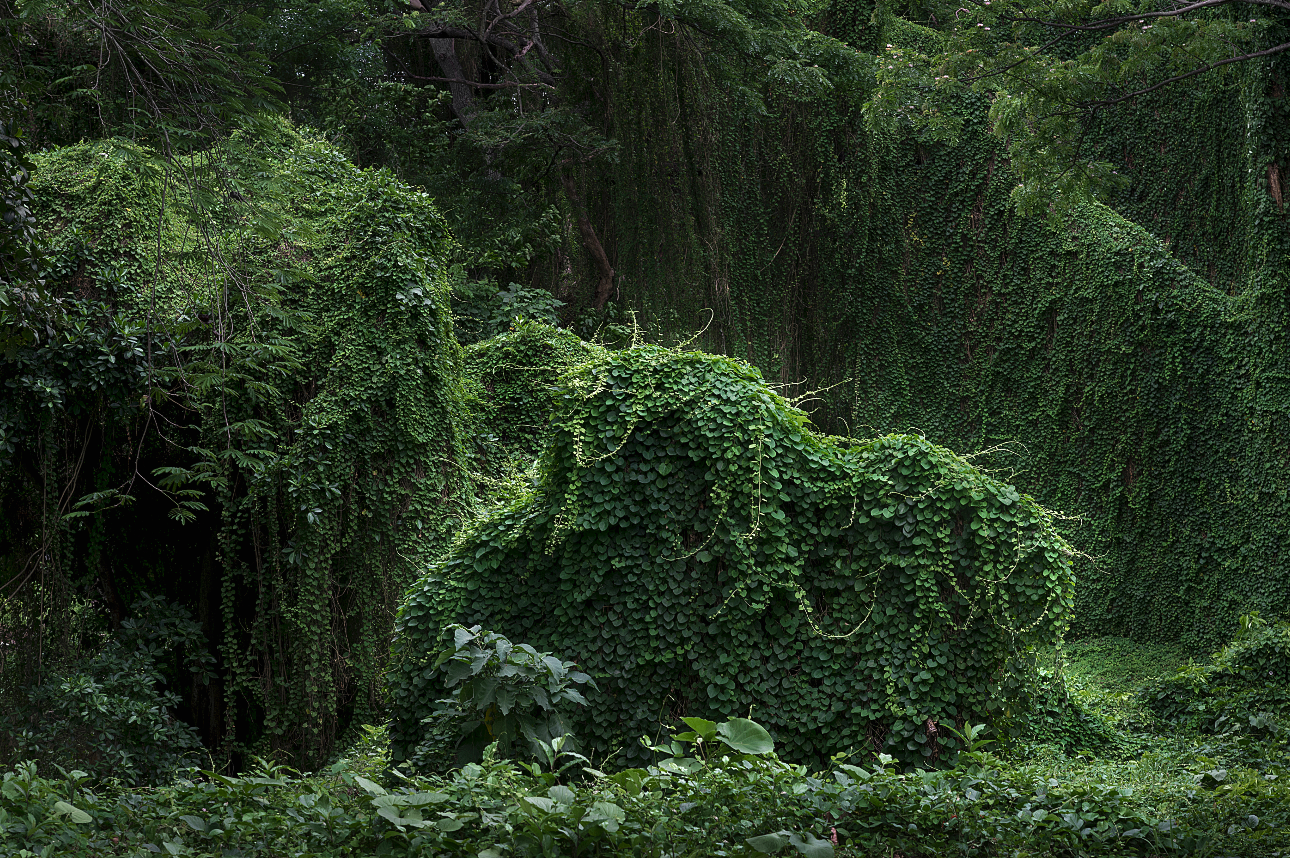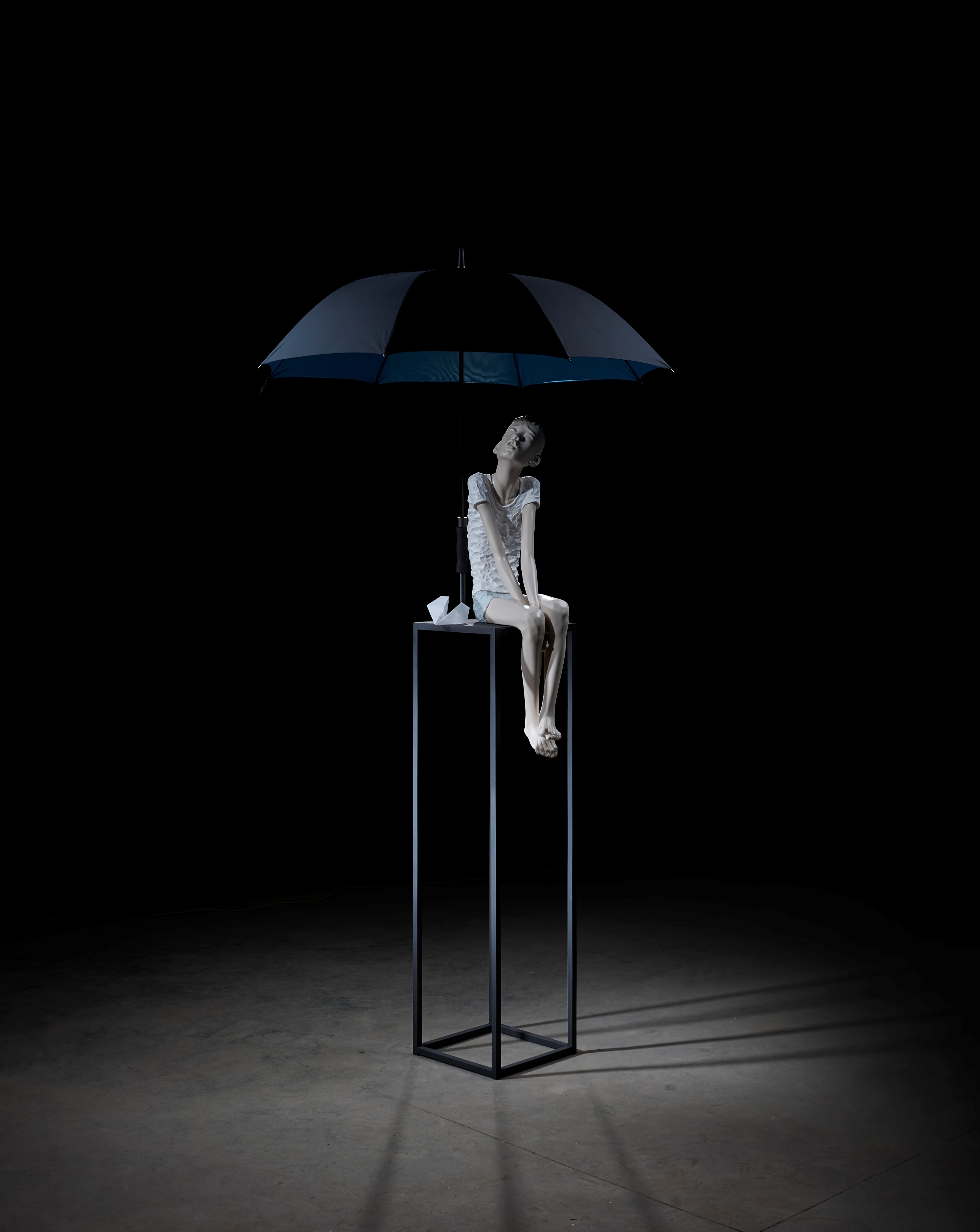The solo exhibition by Andrey Filippov will run at Erarta Museum from 7 May to 13 June
Deviation of consciousness, or how to approach the true meridian.
We all know that compass readings are different from the true meridian. It’s very important to know this inclination in order to understand where you are.
Deviation of consciousness is the basic problem of creativity. When you do one thing, and get something else — this is the search for truth. Through this inclination of compass we see how God gives us another chance. If Sebastian Pereira doesn’t incidentally put an axe under our compass.
Andrey Filippov
“Repast” — Andrey Filippov’s solo project — features over 30 works by the famous representative of “Moscow conceptual art school” and along with paintings, objects, new graphic series and photo-collages, shows the reconstructed iconic installations from the 1980s and 1990s.
The roots of Andrey Filippov’s works are stretching back into the context of Moscow Conceptualism, with its ironic overthrow of Soviet ideology down to mass culture and active romanticist search for self-identity within the ever-changing system.
Although the starting point of Andrey Filippov’s artistic path is well known, his landmark is yet indefinable. He is heading to the nontemporal cross-cultural field, frozen beyond the measurements and axes and akin to De Chirico’s paintings that the artist actually quotes in his series “Nostalgia for Infinity”, equating eternity to silence.
Filippov thinks big: not by separate images, but rather by integral exhibition projects and total installations, where each work becomes an element of a complex sign language system. Textual at the root, his art tends to create a new language structure without creating a new text. He compiles the concepts of classical Chinese and Christian philosophies and symbols of the Roman and the Soviet Empires. A lot of works are created on the principle of anagrams, from simple code conversions of linguistic elements to combinations of non-verbal signs and made-up literary heroes. The anagrams are hardly ironic; they prove the artist’s fundamental concept of the eternal circle from flourishing to decline, and from death to eternity.
Andrey Filippov’s art is cogitative calibration, skilful adjusting of one philosophical paradigm to another, drawing parallels and spotting differences in order to establish the generalized universal vision.
“Repast” is a project about greatness, oblivion and eternity, which is achievable after death only. Repast is a solid symbol, a connecting point for two empires, Roman and Byzantine, and two opposite principles, pagan and Christian. By reminding about the great Roman feasts the artist narrating about disruptions of once mighty empires. And by referring to the main Christian sacrament — the Last Supper, the first Eucharist — he points out the symbol of eternity. The sacrament of the Eucharist implies that eternal life became possible only after mortification of the earthy life of the Savior.
Repast is always processual, as well as perception of Andrey Filippov’s projects, which require slow and thoughtful reading, just like abidance by a certain ritual.
The exhibition is divided into two halls and nominally into two empires — Byzantine and Roman. The basic installations here are “The Last Supper” and the project dedicated to “Hagia Sophia”. The author again and again re-creates his famous installations in museum spaces like the lost artifacts.
He shows “Hagia Sophia” in the cathedral floor plan as if the lost Christian shrine has already ascended to heaven, anticipating the end of the age.
The first hall leads to the space with “The Last Supper” installation, a set table, where the symbols of the bygone history are served instead of dishes. A hammer and a sickle become the repast of eternity.
Elizaveta Shagina













